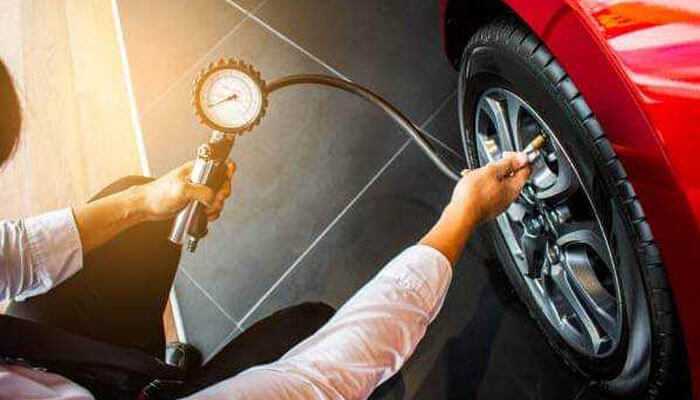Regular car maintenance ensures that your vehicle operates efficiently and safely and extends its lifespan. Proper care can also prevent costly repairs down the line and keep the car’s resale value. This article will explore basic vehicle maintenance tasks that every car owner should perform.
Oil and Filter Change
Regular oil changes are key to keep your engine running smoothly and prevent overheating. Typically, it’s recommended to change the oil every 3,000 to 5,000 miles, but this can vary depending on your vehicle’s make, model, and oil type. During an oil change, replacing the oil filter and checking the condition of related automotive fasteners, such as the oil pan bolts, is equally important as it traps contaminants that can damage the engine.
Tire Maintenance
Tires are important for safety, fuel efficiency, and overall vehicle handling. Regular tire inspections should focus on checking tire pressure, tread depth, and overall condition. It’s also important to inspect the lug nuts and bolts for proper torque to prevent wheel detachment or uneven wear. Rotating tires every 5,000 to 8,000 miles allows for even tire wear and extends their lifespan. Additionally, aligning your wheels periodically helps maintain proper vehicle handling and tire longevity.
Brakes
Brake pads and rotors wear down over time and need to be inspected at least twice a year. When checking the brakes, also check the condition of the brake caliper bolts and fasteners for corrosion. Symptoms of worn-out brake pads include squealing noises, longer stopping distances, and a deeper pedal press.
Battery
Car batteries typically last between three to five years. During a battery check, make sure the battery terminals are clean, and check the fasteners on the battery clamp for a secure fit. This helps avoid the inconvenience of a car that won’t start and keeps the battery stable within its housing, especially in vehicles with rough driving conditions.
Fluid Levels
Besides engine oil, several other fluids need to be checked and topped up regularly, including brake fluid, transmission fluid, coolant, power steering fluid, and windshield washer fluid. Check the caps and bolts for any signs of leaks or wear and check that they are secured properly to prevent contamination and fluid loss.
Air and Cabin Filters
Replacing the air filter regularly improves your car’s air quality, performance, and efficiency. The housing bolts and clips that secure the air filter should be intact and properly fastened. The same goes for the cabin air filter, which purifies the air inside your car and should also be checked for secure installation to prevent airborne contaminants from entering the vehicle’s interior through the vents.
Lights and Electrical Components
See that all lighting—headlights, tail lights, brake lights, and turn signals—is fully functional to signal other drivers and increase your visibility during night driving or adverse weather conditions. Also, inspect the mounting brackets and fasteners of the lighting fixtures for corrosion and a secure fit, allowing for maintaining proper alignment and functionality.
Wiper Blades
Wiper blades should completely clear the glass without leaving streaks or gaps. Check that the blades are correctly fastened to the wiper arms and replace any loose or damaged components as necessary.
By following a consistent maintenance schedule and addressing issues promptly, you can keep your vehicle reliable and performing well throughout its life.



